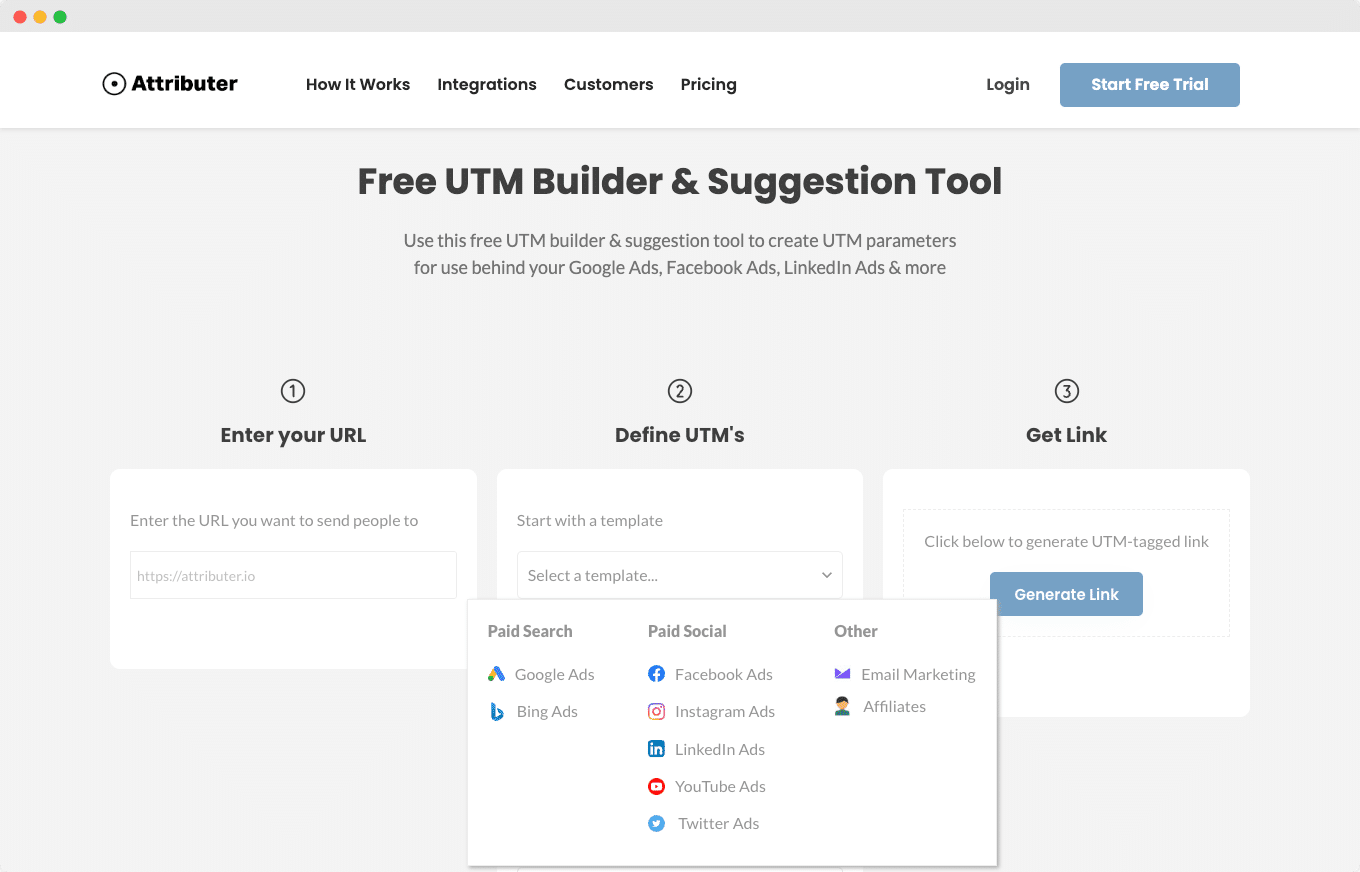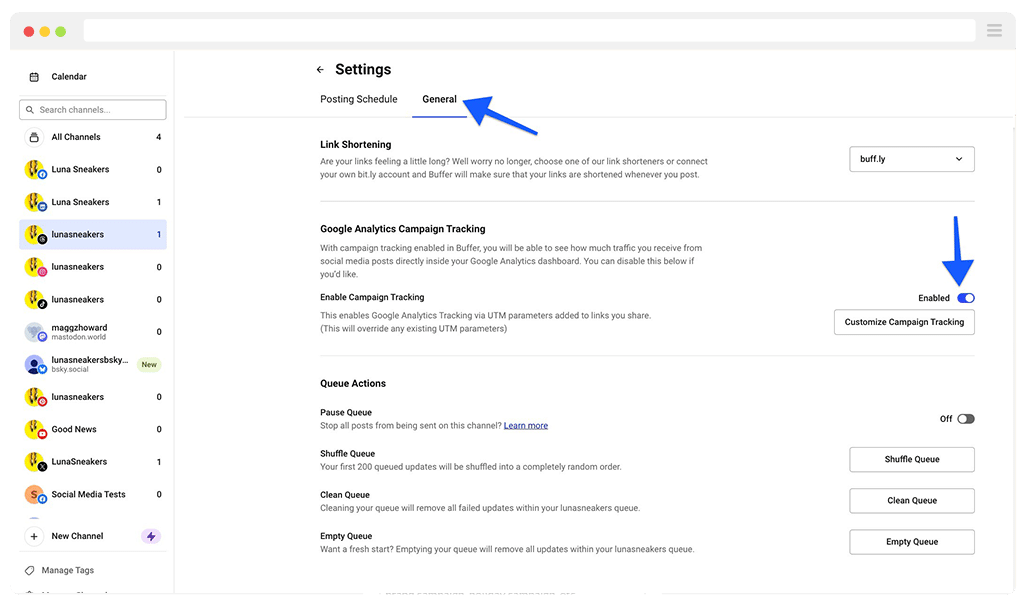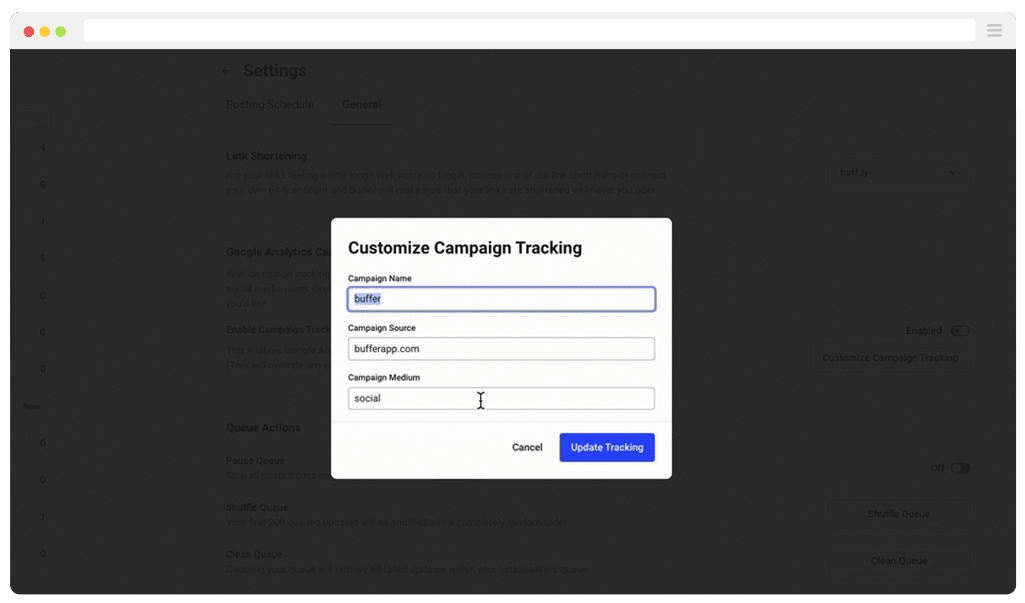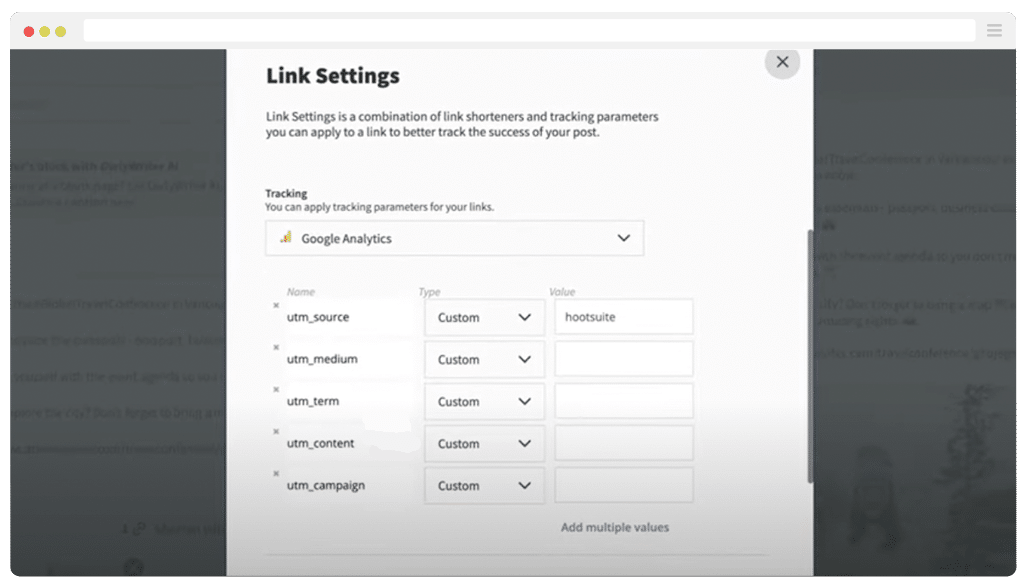How to Use UTM Parameters to Track Organic Social Media Posts
Learn how to use UTM parameters to track how many visitors, leads & customers you are getting from your organic social media posts.
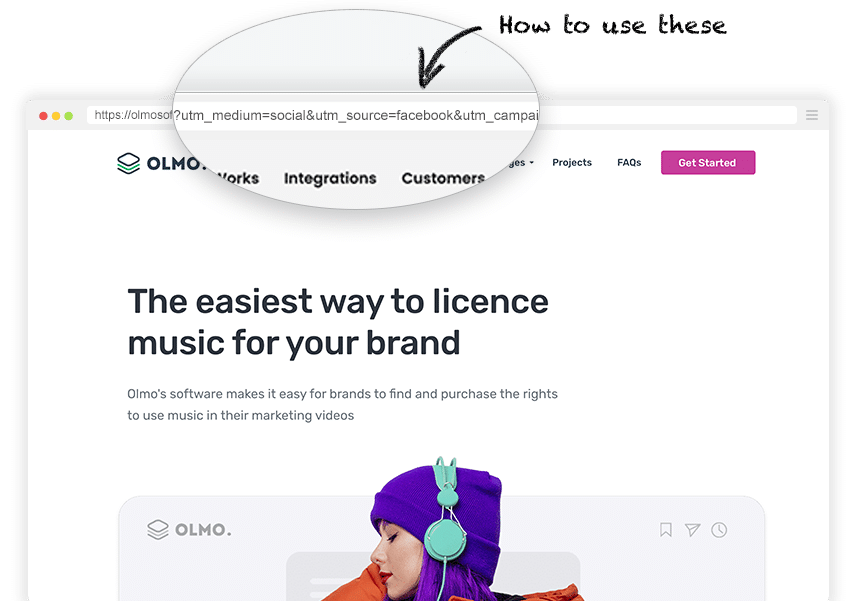
It is estimated that over 5.24 billion people are active on social media worldwide, and that they spend an average of 2 hours and 21 minutes on it every day. That’s a lot of people that you can reach for your business.
But there's a common challenge with social media marketing. While it's easy to track the number of website visits your social media efforts generate using tools like Google Analytics, it's significantly harder to know exactly how many leads and customers you're getting from these efforts.
But there is a solution.
In this article, we'll show you how to use UTM parameters in your social media posts and how to use them to track the number of visitors, leads, and customers your business gets from each post.
Best UTM parameters to use behind your social media posts
Now that you understand the best ways to add UTM parameters to your posts, let’s talk about what UTM parameters to use. Here’s our recommendation:
- utm_medium – This is typically the highest level of information and is usually reserved for the top-level medium (I.e. ‘email’ or ‘paidsearch’ or ‘paidsocial’). For organic social media posts, you might use utm_medium=social. This is also what most social media management tools (like Buffer) add by default The most important thing here is to use a value that would cause your analytics tool to categorise visitors, leads, etc into the ‘Organic Social’ channel, and most tools (including Google Analytics & Attributer) recognise ‘social’ here.
- utm_source – This is typically the second highest level of information and is usually used to note the source (I.e. if the medium is ‘paidsearch’ then the source might be ‘google’ or ‘bing’). For organic social media posts, it’s best to use the name of the social network you are posting to (I.e. ‘facebook’ or ‘twitter’).
- utm_campaign – This is typically used to identify the particular campaign this social media post belongs to (for example: utm_campaign=2025_spring_promo or utm_campaign=q1-catalog). If the post isn’t associated with a particular campaign you are running, you could just give the post a short name that summarises what it’s about (i.e. utm_campaign=new-taxes-post)
- utm_term – This is typically one of the lower levels of information (in search ads this is often used to capture the searched keyword, or the creative variation in display ads). For organic social, you might use utm_term to distinguish different posts associated with the same campaign. For instance, if you were doing a campaign about a new product launch then you might put utm_term=announcement-post behind the initial post announcing the product, and then utm_term=microsoft-case-study behind the post where you discuss how Microsoft has been using your new product. It’s also perfectly okay to not use utm_term if you don’t have anything valuable to put in it.
How to test that UTM parameters are set up correctly
The easiest way to test whether your UTM parameters have been set up correctly is to click the link and see if the UTM parameters appear in the URL when you land on your website.
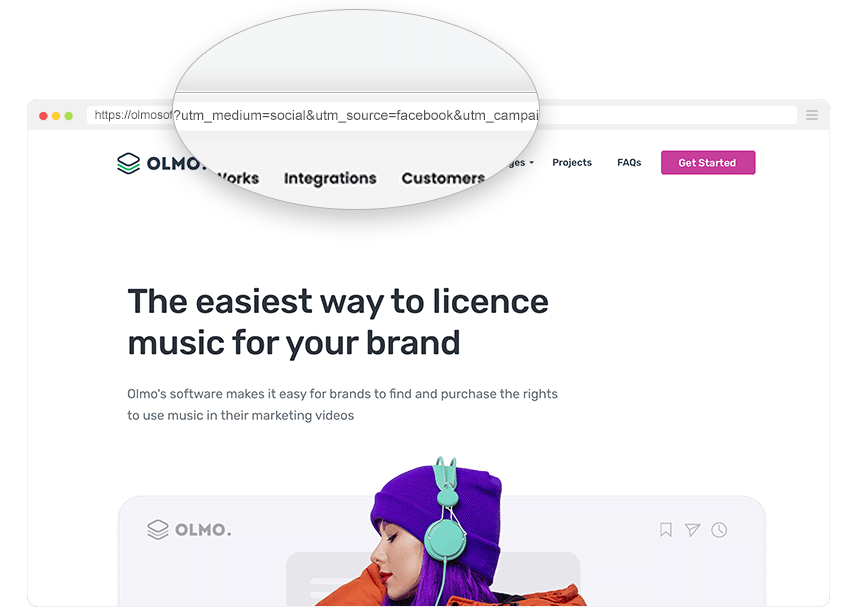
If you’re using a social media management tool like Buffer or Hootsuite, you can usually do this within the tool before you publish the post to social networks.
Otherwise, if you’re not using a dedicated social tool and instead just posting directly, then you’ll need to publish your post and click the link behind the published post to see it.
The best ways to create UTM parameters for your social media posts
The easiest way to create UTM parameters is with a UTM builder, as creating them manually can lead to errors which ultimately make it harder to track how many visitors leads & customers you’re getting from your social media posts.
Generally, there are two types of UTM builders:
Free tools
There are a ton of free tools out there to help you build UTM parameters. They are usually pretty basic (you enter the URL and the UTM parameters you want to use and they stitch it all together).
They are best for smaller organisations that don’t need to create UTM-tagged links very often. Some free tools you can use to create UTM parameters include:
- Attributer’s UTM Builder - Our own UTM builder makes it super easy to create UTM tagged links. It even comes with templates for organic social media posts that speed up the process and help keep things consistent.
- Google’s Campaign Builder - A very basic tool where you enter the URL you want to send people to and the values you want to include in each of the UTM parameters, and it joins them together for you.
Paid Tools
Paid tools allow you to define rules about what information can be put in each of the 5 different UTM parameters, and then those rules are enforced on whoever is creating the UTM parameters.
These tools are best suited to larger organisations, where multiple people or agencies might create UTM parameters for different things (Google Ads, Facebook Ads, trade shows, etc.) and you need to control what information gets put in the UTM parameters.
- UTM.io - UTM.io is an easy-to-use tool with a modern interface that makes it easy to set rules for UTMs and enforce their use. It comes with a handy Chrome extension for creating UTms and offers a generous free tier.
- Terminus - Terminus is a more advanced tool for UTM creation. It requires a paid subscription (starting at $79/month) and it’s key feature is ‘grid mode’ which allows you to create UTM tagged links in bulk. It’s definitely more for larger, enterprise organisations.
How to use these UTM parameters to track how many visitors, leads & customers you get from social media
Now that you understand what UTM parameters to use and how to add them, let's look at how to use them to understand how many visitors, leads & customers you're getting from your social media posts.
Website Visitors
If you are using Google Analytics, you can track how many website visitors you got from your Direct Mail campaign by using the User Acquisition report.
By default, you’ll see your users grouped into high-level Channels (Like Organic Social, Paid Search, Paid Social, etc).
Google Analytics uses the UTM parameters you put behind your ads to categorise visitors into these different channels, so any visitors you're getting from your social media posts should be counted in the 'Organic Social' channel.
If you want to drill down and see how many you'r getting from each network or campaign, you need to add Secondary Dimensions. Simply select the + icon and then choose either First User Medium or First User Source. It looks a bit like this:
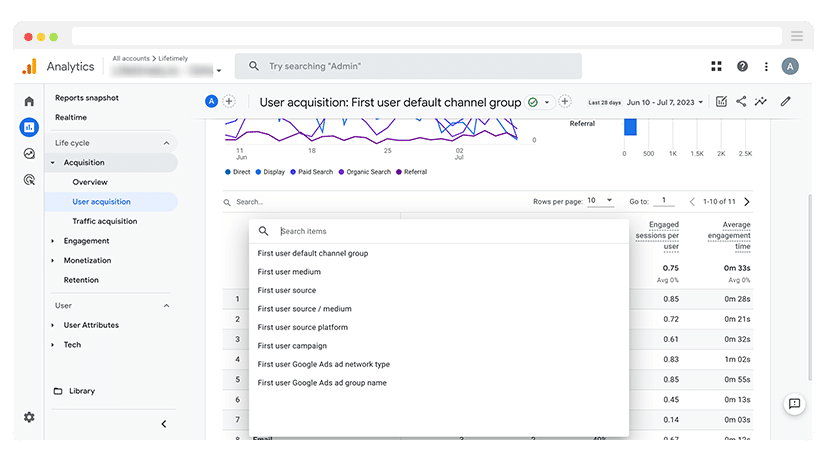
If you select the 'First user source' option then you'll see how many website visitors you got from each network (assuming you put the name of the network in the utm_source field), and if you select the 'First user campaign' field you'll see it broken down by whatever value you added to the utm_campaign parameter.
Leads
Tools like Google Analytics make it easy to track the number of website visitors you get from your social media, but how do you track the number of leads and customers generated?
That’s where Attributer comes in.
When a user lands on your site from one of your social media posts, Attributer stores the UTMs in the visitor’s browser. This ensures that they are remembered as the user browses around your website (or if they leave and come back later).
Then, when that visitor completes a form on your website, Attributer automatically writes the UTM parameters into a series of hidden fields you add to your form.
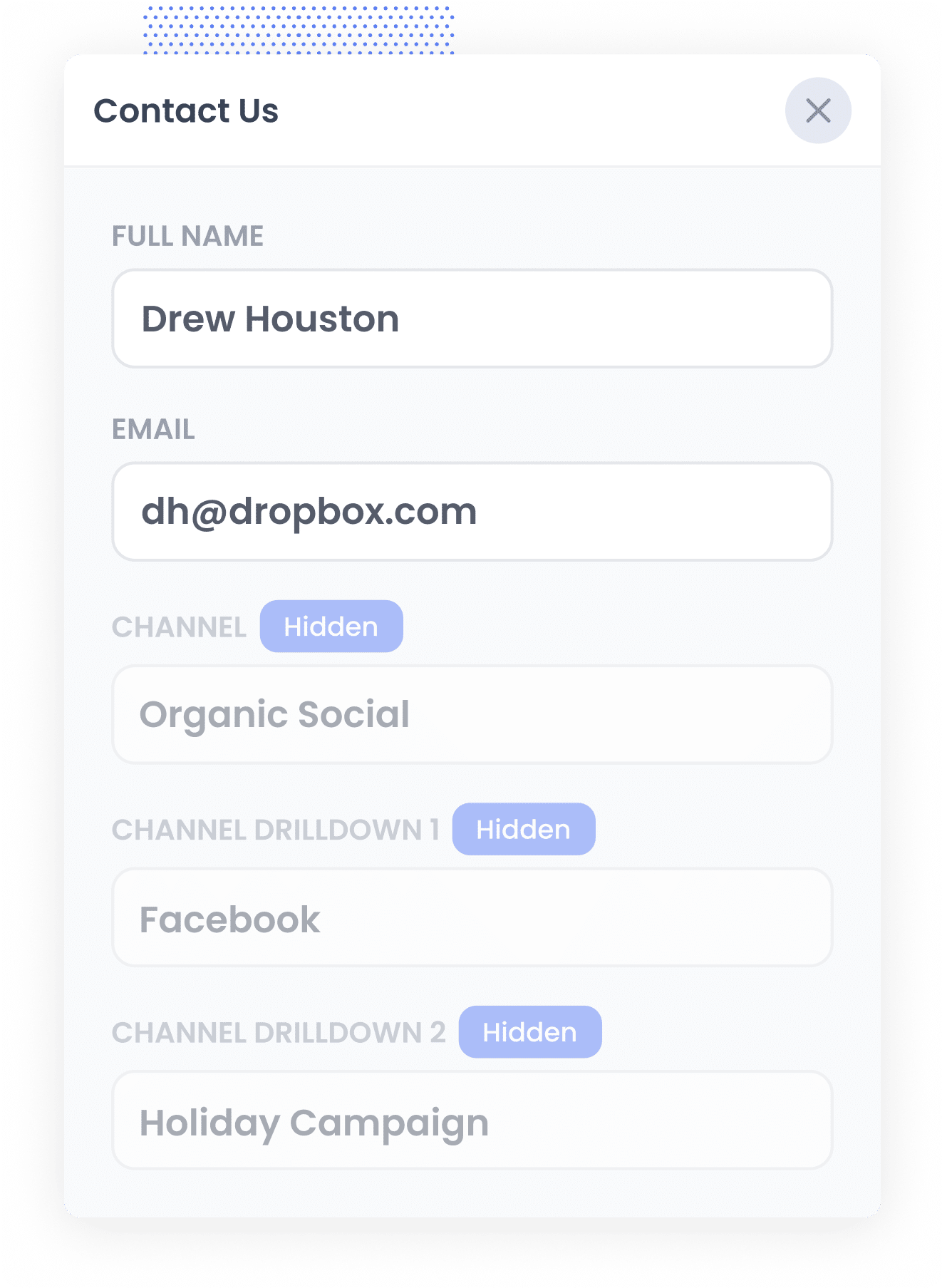
Finally, when the visitor submits the form, the UTM parameters are captured by your form tool along with the information the lead manually entered into the form (like their name, email, phone, etc).
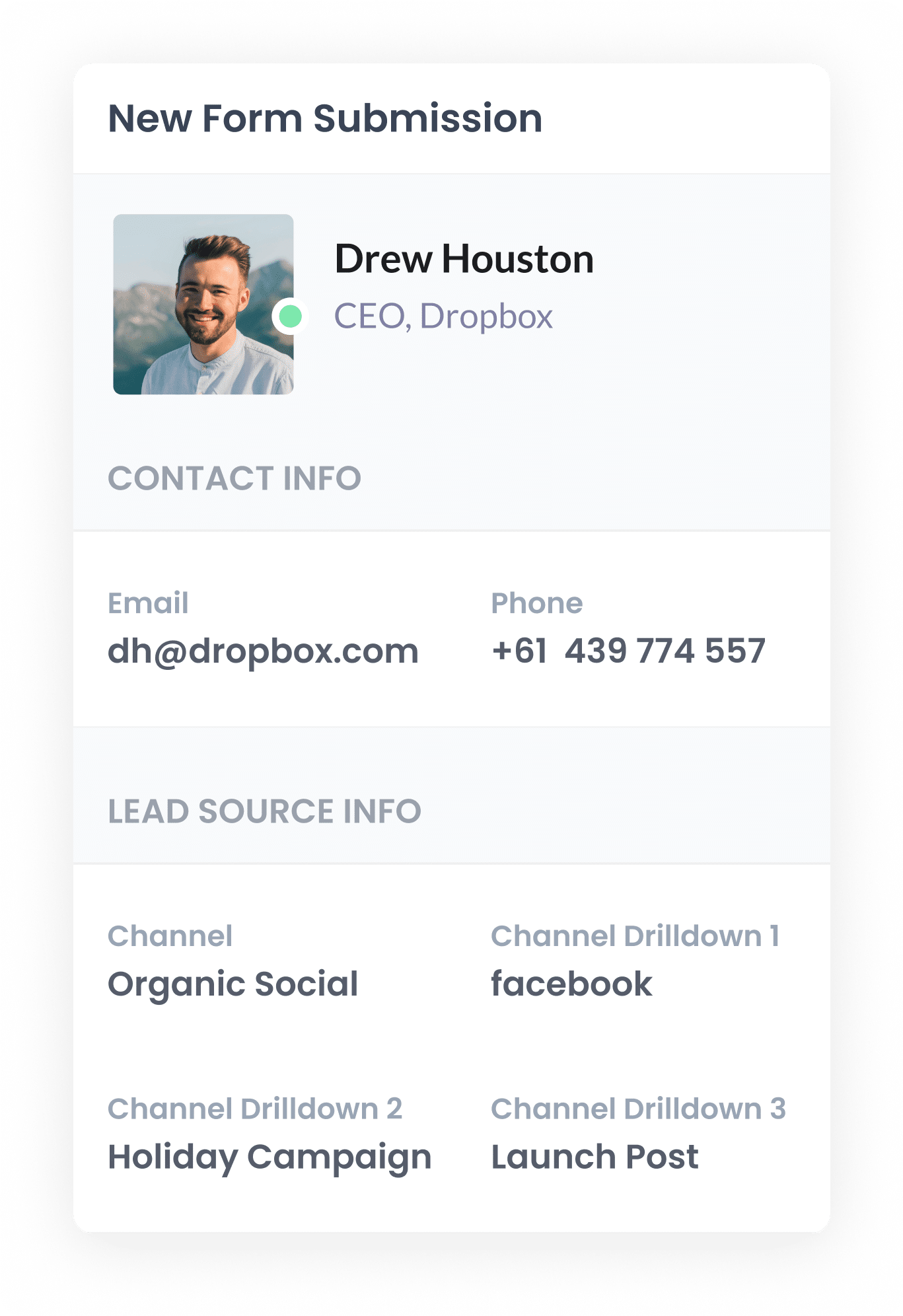
You can then see this information in the submissions table of your form builder, include it in your new lead notification email, send it to a spreadsheet and more. It's a good way to see how many leads your campaign generated.
Customers
If you want to be able to track how many customers (and how much revenue) your social media efforts have generated, then the best thing to do is to send the UTM parameters (the ones written into the hidden fields by Attributer) into your CRM with each new lead.
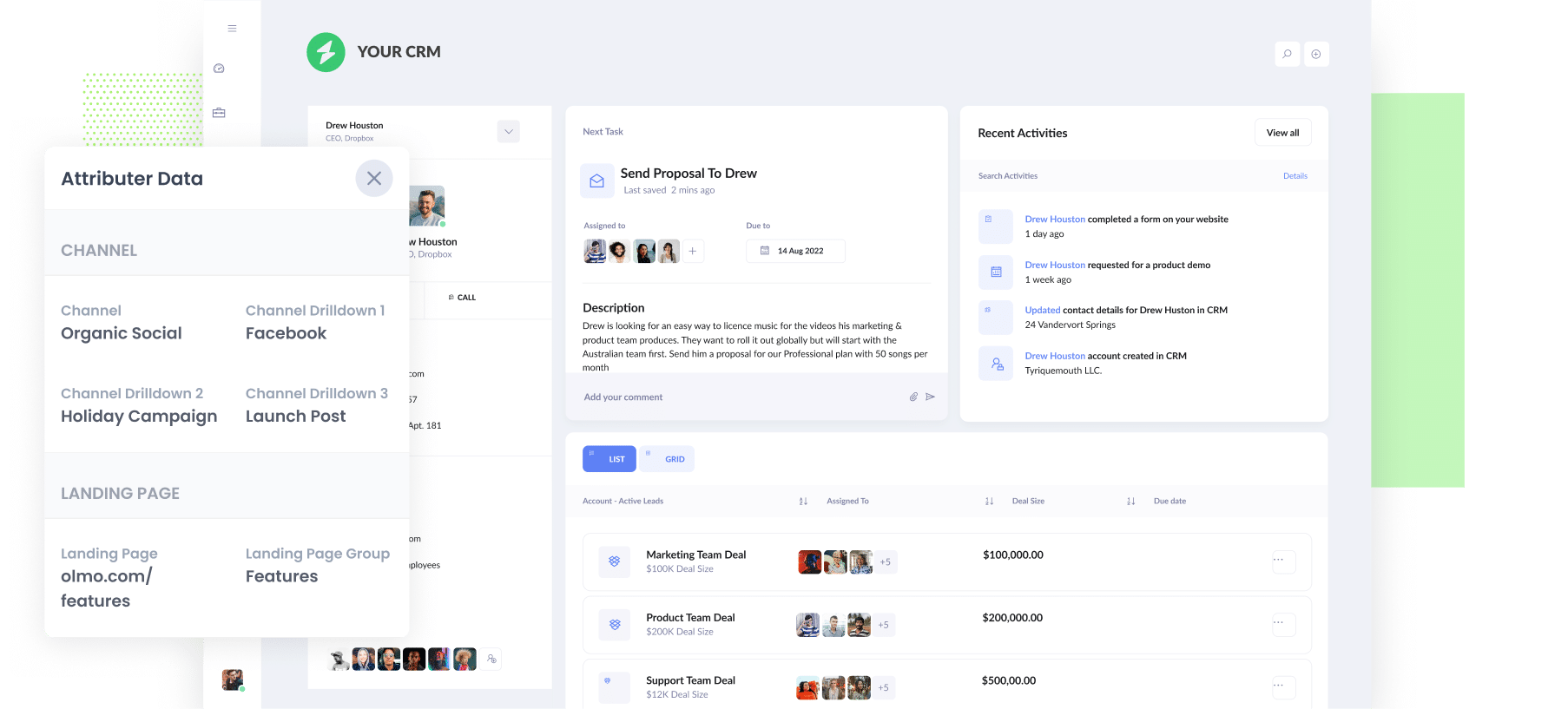
You can then use your CRM's built-in reporting tools to run reports that show how many of those leads went on to become customers, how much revenue they generated, what the average deal size, was etc.
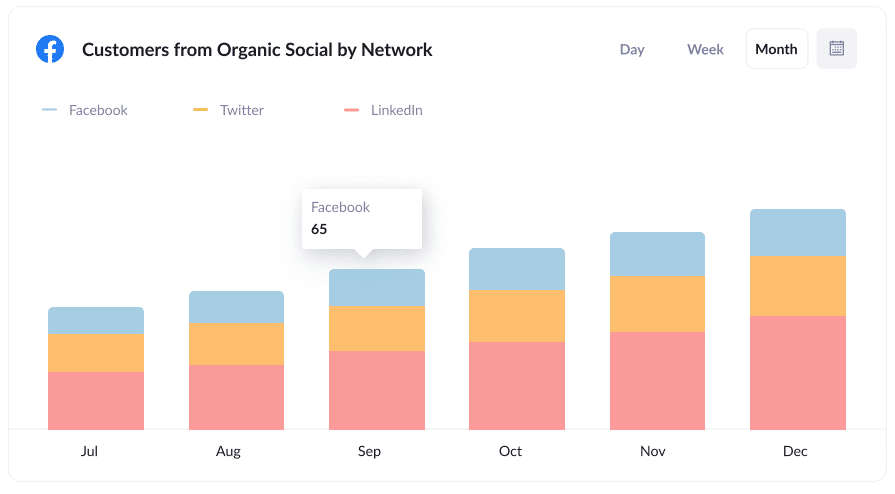
Wrap Up
If you're regularly posting to social media in an attempt to grow your business, then adding UTM parameters to your posts is the best way to track how these efforts are performing.
So go ahead and start adding them today, and then use tools like Google Analytics & Attributer to track how many website visitors, leads & customers it's generating for you!
Need to capture UTM parameters in your CRM?
Start your 14-day free trial of Attributer today!

About the Author
Aaron Beashel is the founder of Attributer and has over 15 years of experience in marketing & analytics. He is a recognized expert in the subject and has written articles for leading websites such as Hubspot, Zapier, Search Engine Journal, Buffer, Unbounce & more. Learn more about Aaron here.

